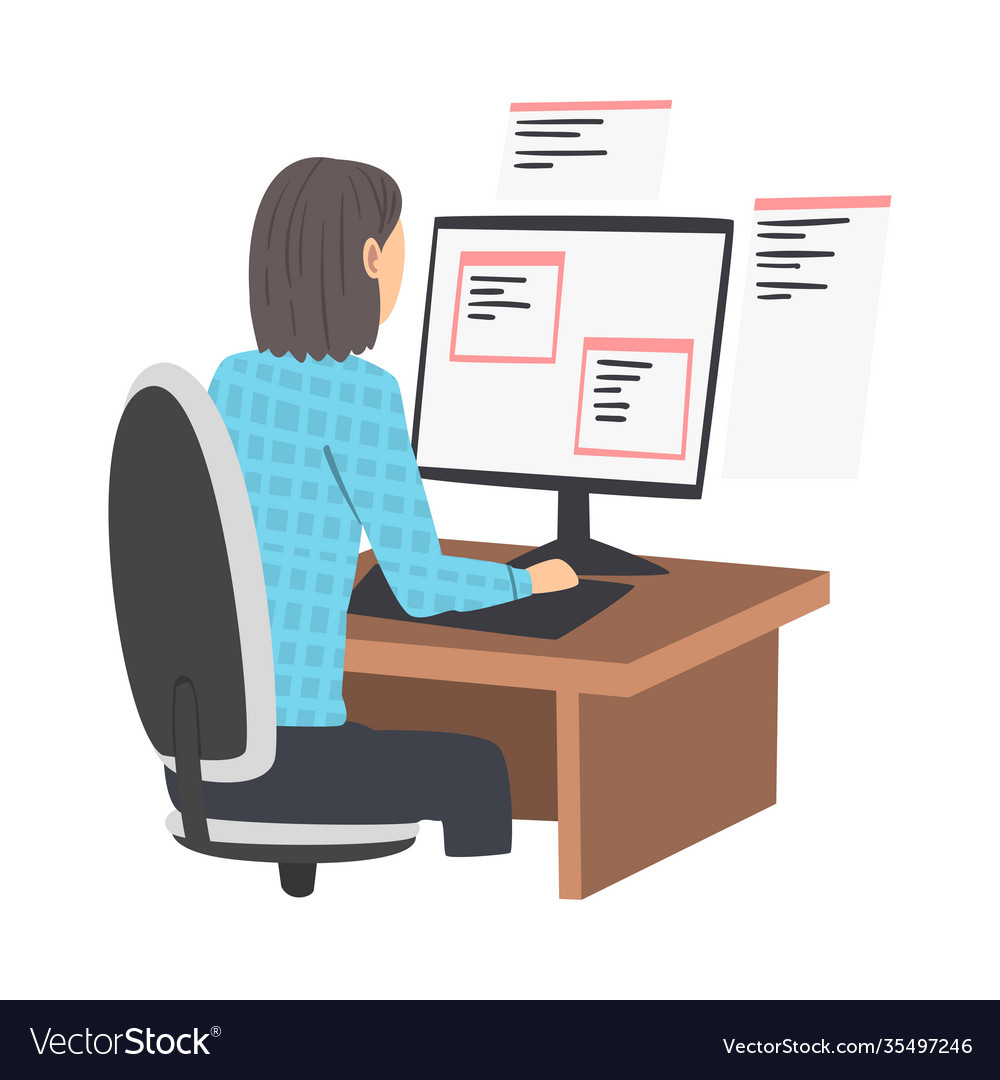Hire Dedicated Developers for Your Following Big Project with Confidence
Hire Dedicated Developers for Your Following Big Project with Confidence
Blog Article
Committed Developers vs. In-House Teams: Which Is Right for You?
The choice in between using devoted programmers and preserving an in-house team is a considerable one that can affect the trajectory of your jobs and total business technique. Conversely, in-house groups add to a cohesive firm culture and a nuanced understanding of long-lasting objectives.
Understanding Dedicated Programmers
The growing need for specialized abilities in the tech market has actually brought about the appearance of specialized programmers as a feasible service for many companies. These experts are usually contracted on a task basis, permitting companies to leverage particular competence without the long-term commitment related to permanent hires. Committed programmers are frequently ingrained within a client's group, supplying versatility and scalability to meet job needs.
This version enables organizations to access a worldwide skill swimming pool, which is particularly advantageous in a quickly developing technical landscape. Committed developers can be sourced from different geographical places, guaranteeing that companies can find the ideal ability established at affordable prices. They commonly bring a wealth of experience and understanding, having worked with diverse jobs across various markets.
Furthermore, dedicated developers can focus exclusively on the tasks available, enhancing performance and efficiency. They are furnished to incorporate seamlessly into existing operations, teaming up closely with in-house teams to accomplish job goals. This strategy not just lowers the problem of employment and training but additionally allows organizations to remain dexterous, adapting swiftly to transforming market demands and technical advancements.
Advantages of In-House Teams

Moreover, internal teams often tend to have a much deeper understanding of the firm's mission, values, and objectives. This alignment can enhance staff member interaction and inspiration, as team participants feel a lot more linked to their work and the organization's success. In addition, having a committed internal group enables far better alignment of strategies and objectives, as these participants are consistently concentrated on the company's top priorities.
In-house teams additionally facilitate quicker decision-making procedures, as they can respond much more swiftly to modifications and obstacles. The established relationships and knowledge with business methods enable streamlined operations and decreased miscommunication. Ultimately, the combination of a natural culture, alignment with business objectives, and effective interaction makes internal teams a valuable property for many companies, particularly those aiming to cultivate long-term growth and development.
Cost Factors To Consider
When assessing price factors to consider, both devoted programmers and in-house teams present distinct economic implications for companies. Involving devoted programmers generally entails a pay-per-project or per hour rate design, which can be cost-effective for services with fluctuating project demands. This method enables fiverr web design versatility in scaling sources up or down, making certain that business just spend for the solutions they need.
In contrast, internal groups entail fixed expenses, including incomes, advantages, and overhead expenditures such as workplace room and tools. While this design provides higher control and immediate schedule of resources, it may result in greater long-term expenditures, particularly if the workload does not warrant a permanent staff.
Additionally, companies need to take into consideration the hidden expenses connected with employment and training of internal staff members, which can better stress spending plans. Sometimes, the moment and resources invested on taking care of an in-house group can interfere with the company's core service objectives.

Job Management and Versatility
Job management and versatility are vital variables that influence the option between specialized designers and internal groups. Dedicated groups often have actually developed processes for managing tasks effectively, leveraging specific approaches like Agile or Scrum, which assist in iterative progression and flexibility.

Inevitably, the option between specialized developers and in-house groups hinges on the preferred degree of flexibility and the particular job management demands. Companies should review their functional characteristics, task complexity, and resource schedule to identify which alternative aligns finest with their tactical goals.
Making the Right Option
Choosing the right growth method-- dedicated designers or in-house teams-- requires a mindful analysis of different variables that straighten with a business's strategic objectives. nearshore software development. Initially, consider the nature of the project. If it requires specialized abilities or a quick scale-up, committed programmers may be better. Conversely, internal teams can offer far better continuity and assimilation with existing workers.
Next, review your budget plan. Devoted programmers frequently offer a cost-effective solution for short-term anonymous projects, while in-house teams might sustain greater long-term expenses because of wages, benefits, and expenses prices. Analyze the degree of control and collaboration wanted; internal groups usually foster more powerful communication and placement with business society.
If immediate outcomes are required, devoted developers can be onboarded quickly, whereas constructing an internal group takes time for recruitment and training. If continual advancement is vital, investing in an in-house group might produce better returns over time.
Final Thought
To conclude, the choice in between internal teams and devoted programmers hinges on task requirements and business objectives. Devoted designers give adaptability and customized competence, making them ideal for short-term efforts. Alternatively, in-house groups grow a natural culture and deeper placement with long-lasting objectives. Cautious evaluation of budget plan restraints, job timelines, and preferred control levels is necessary for determining one of the most proper technique, guaranteeing placement with tactical concerns and functional effectiveness.
The decision in between utilizing devoted developers and preserving an internal team is a significant one that can impact the trajectory of your projects and general company strategy.Job management and adaptability are crucial aspects that influence the option between internal groups and specialized designers. offshore software development.In contrast, in-house groups might stand out in maintaining a consistent job management structure due to their familiarity with the organization's culture and long-lasting goals. Committed programmers typically offer an affordable remedy for temporary projects, while internal teams may incur higher long-lasting expenses due to incomes, advantages, and expenses expenses.In final thought, the choice between internal groups and devoted developers hinges on job demands and organizational objectives
Report this page